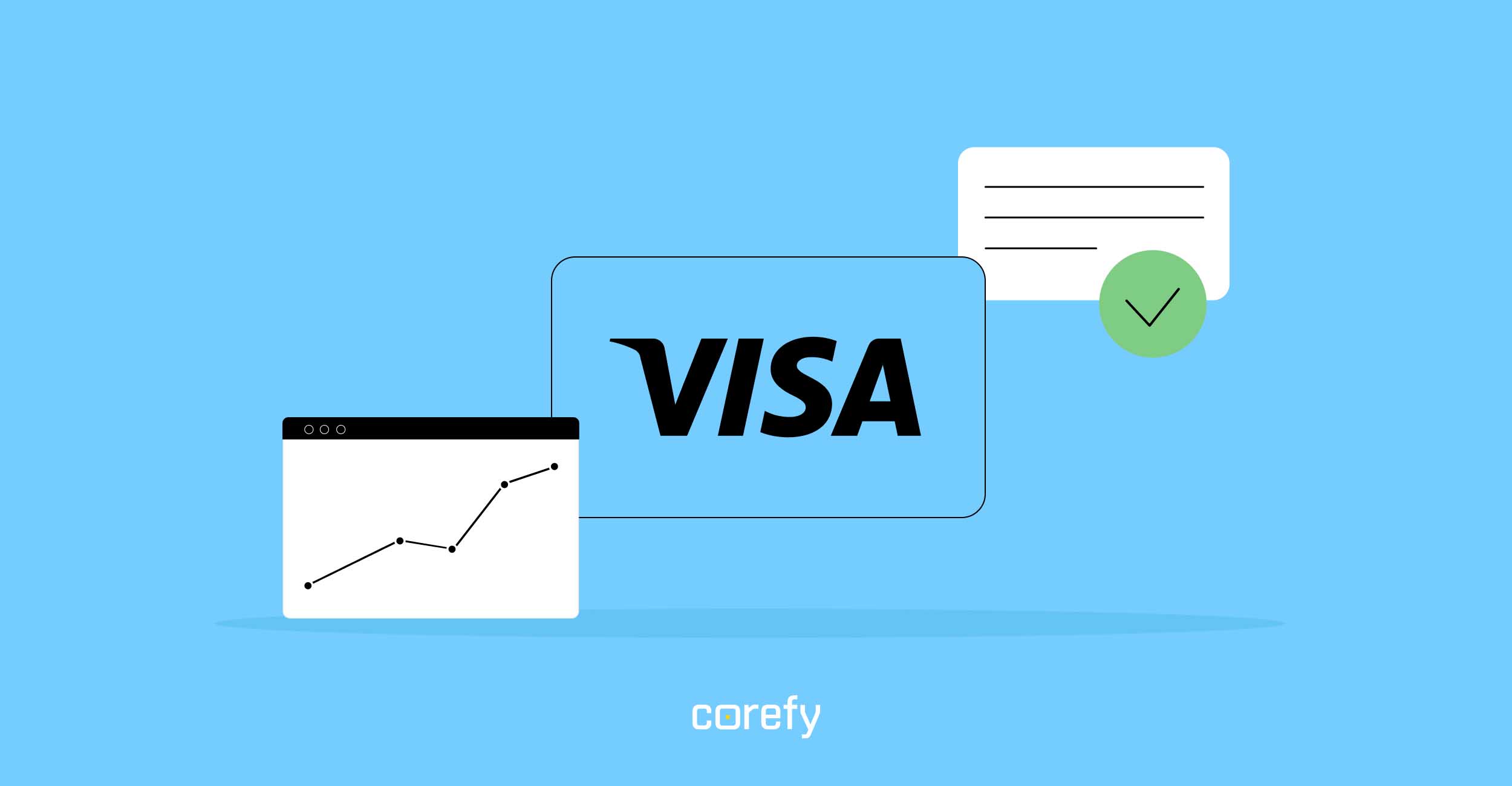'Transaction failed' — 2 words, 17 letters, and so much pain. Unfortunately, online transactions sometimes fail, and it's not good for both payers, providers, and payees. There are different scenarios, but as a rule, failed payments result in low conversion rates, spoilt customers' shopping experience, and a profit decrease.
Keep calm. We've identified the main causes of transaction failures and ways to minimise such incidents.
What is a failed transaction?
A failed transaction or payment means that a person has tried to pay online or somebody has tried to charge a customer's card, as in the case of automatic subscriptions or recurring payments, and the transaction ended up with a payment failure, i.e., was unsuccessful.
Why do transactions fail: top reasons and ways to cope
All reasons for failed transactions can be divided into two large groups: soft declines and hard declines. A soft decline occurs when the issuer declines a transaction due to reasons such as suspicion of fraud or exceeding spending limits. Still, the issue can often be resolved by contacting the bank or updating the information. In contrast, a hard decline means the transaction is permanently declined, typically due to invalid card details or the card being reported as lost or stolen, requiring the customer to take corrective action before attempting another transaction. Both types of declines impact the customer experience and require different approaches for resolution.
Transactions fail for various reasons, including insufficient funds, technical issues, or incorrect payment information. Below, we've highlighted the most widespread ones; let's explore them.
3D Secure authorisation friction
3DS errors are the most common reason. They happen when a user doesn't enter the security code, enters incorrect data, or doesn't receive the code. In such cases, the 3DS authorisation page does not open, and the payment fails. The requirements for 3D Secure authorisation differ among banks and the degree of payment riskiness, so merchants should discuss it with their payment service providers and card issuers to minimise errors and ensure their customers can complete transactions smoothly.
Insufficient funds
This error most often occurs due to a lack of funds in a client's account, so the only solution is to refill the funds in a bank account and retry.
Block by antifraud systems
Quite often, declines occur due to suspicious payers' behaviour, fraudulent activity, and blocklisting. Antifraud solutions track unusual behaviour or activity and take further actions like declining a transaction and adding the cardholder to a blocklist. Merchants can utilise smart anti-fraud tools with customised blocklists and allowlists or monitor certain payments and allow for their processing manually.
Payers' errors due to complex UI/UX
According to Statista, about 3% of all failures stem from this issue, yet it's entirely preventable, even down to 0%. For example, only some payers know that the CVC2 code is required for 3DS authentication. By crafting a payment page that's both user-friendly and intuitive, with clear prompts guiding customers through necessary actions, businesses can effortlessly eradicate this cause of payment failures.
Payment gateway issues
Some payment gateways may decline transactions. One reason is that certain merchant accounts have an upper limit on transactions. If a transaction exceeds that amount, it gets declined. In such cases, the payer can opt for another payment method. Another reason is payment gateway downtime.
Security check issues
A security threat from the issuing bank's side can lead to a decline. For example, a card marked for domestic use is being used on an international website.
There can also be a range of other issues that may happen, for instance, due to a poor internet connection, the two-factor authentication not occurring correctly, or the connection timing out due to a slow response from the initiator's end.
How to decrease payment failures
- Users are more likely to make successful payments if the payment page is helpful: splitting the card number input field into four-digit blocks with automatic cursor transfer to the next block, visual imitation of a bank card, and no unnecessary fields or information. Provide tips at each stage of filling out the payment details – everyone appreciates convenience and time savings.
- Owners of online businesses can contribute to the conversion rates themselves, for example, by reducing the requirements for 3DS control, which, however, implies increased risks. A lot depends on the companies that process card transactions: the technological capabilities of a payment gateway can maximise the conversion.
- Analyse the reasons for payment failures and remind your customers of abandoned carts. Sales results increase after several reminders about an unfinished purchase compared to cases when only one formal message was sent.
How can Corefy help?
We at Corefy offer holistic solutions for smooth payment acceptance with minimum failed transactions. Our intuitive checkout improves customers' payment experience through clear design and a user-friendly interface. Moreover, each payment declined during automatic verification can be verified manually or routed to another provider. Opting for our Checkout, you can customise it based on your brand's look and feel to increase the payer’s confidence and, as a result, boost your conversion rates.
Sure, failures in online payments are not entirely avoidable. However, knowing the main reasons can help you increase acceptance rates and minimise possible failures. Contact us to find out how your project can benefit from our solution.



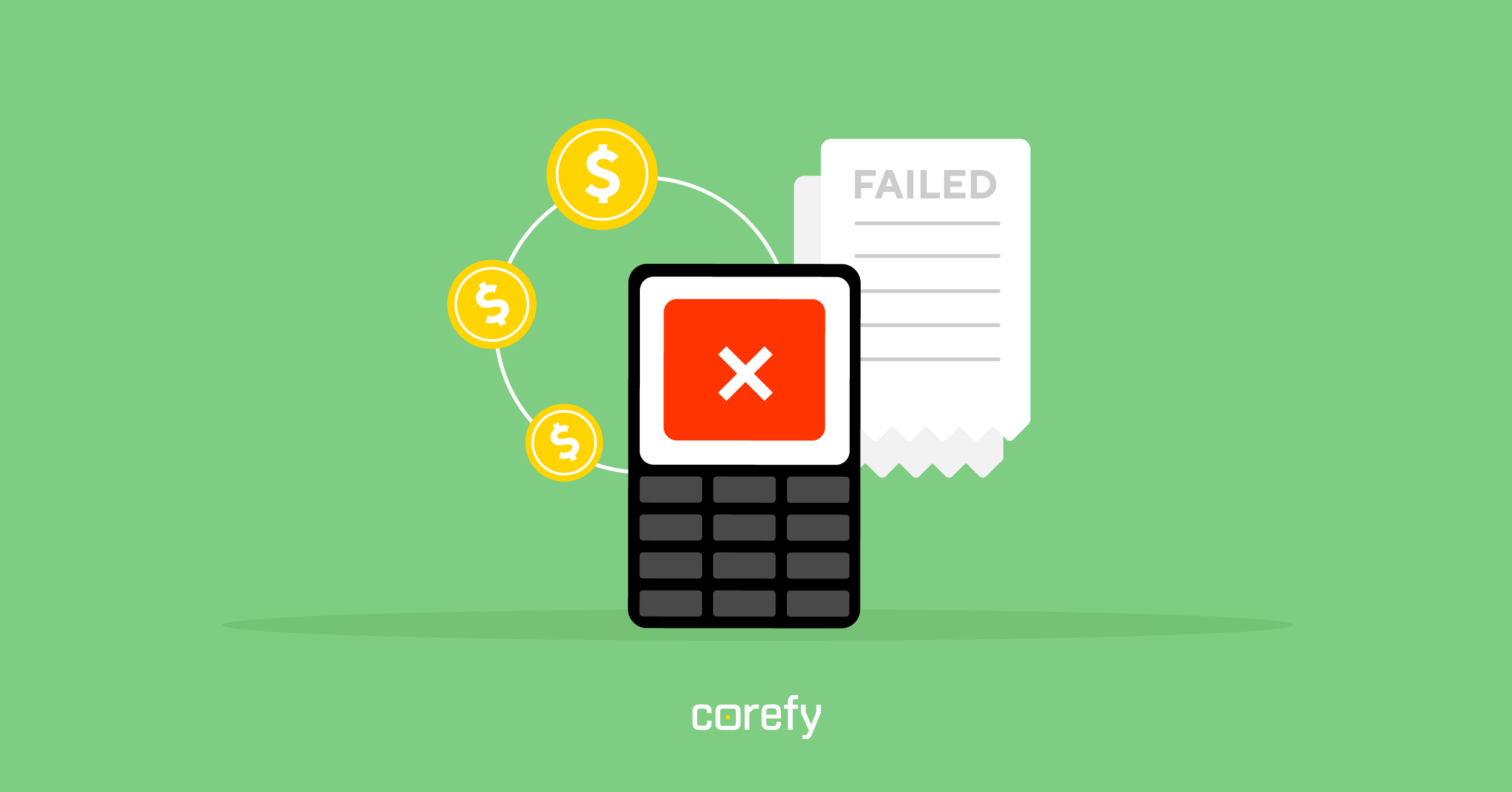

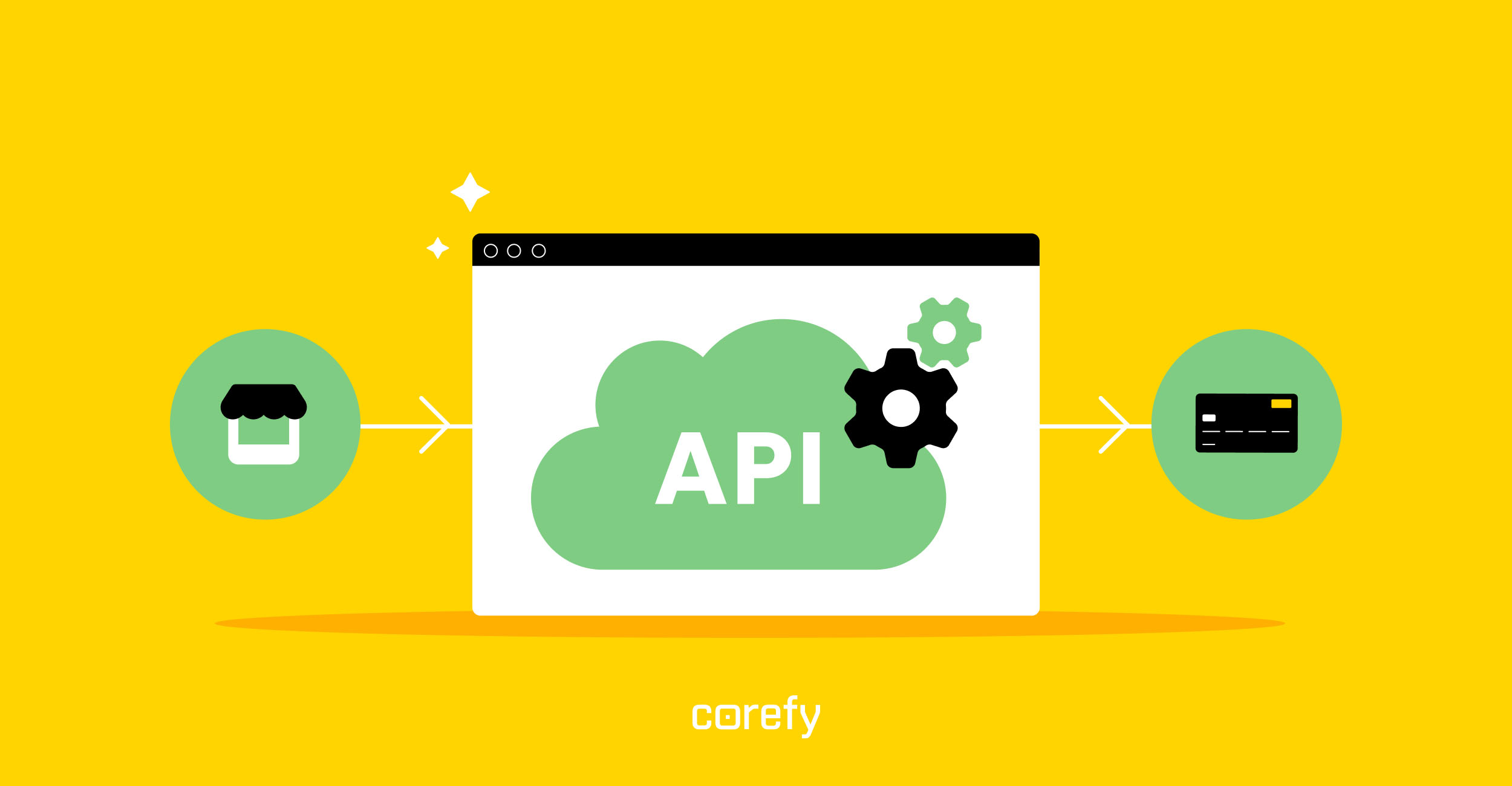
.jpg)

.jpg)
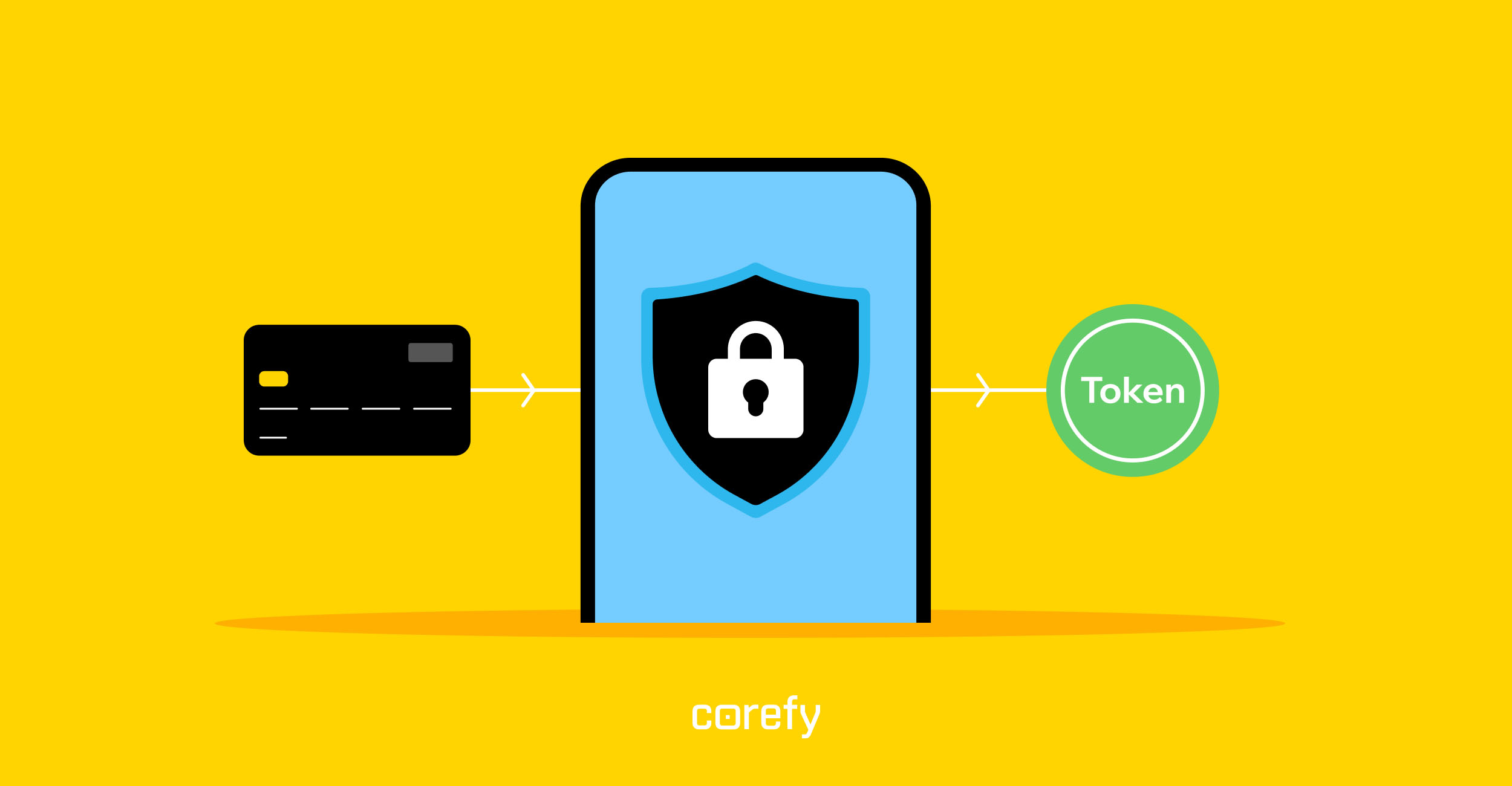
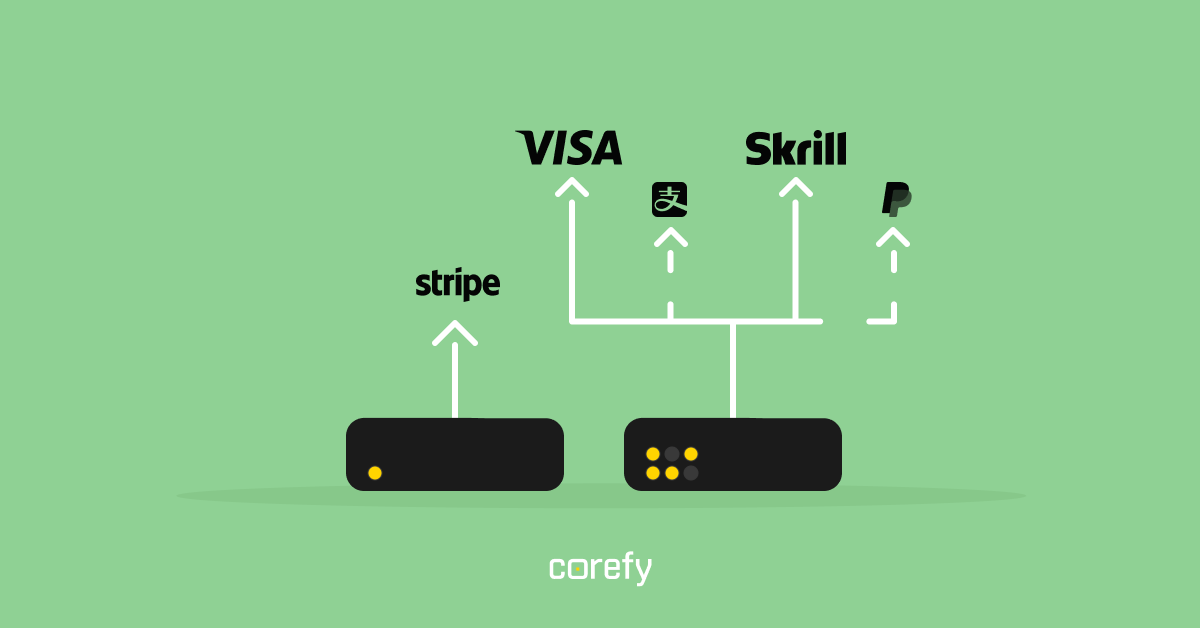

.jpg)
